“There is so much we can learn from other ways of thinking and being with nature”
ho
An interview with architect and curator Mariana Pestana about design, futures, fiction, climate emergency, care and collectivity.
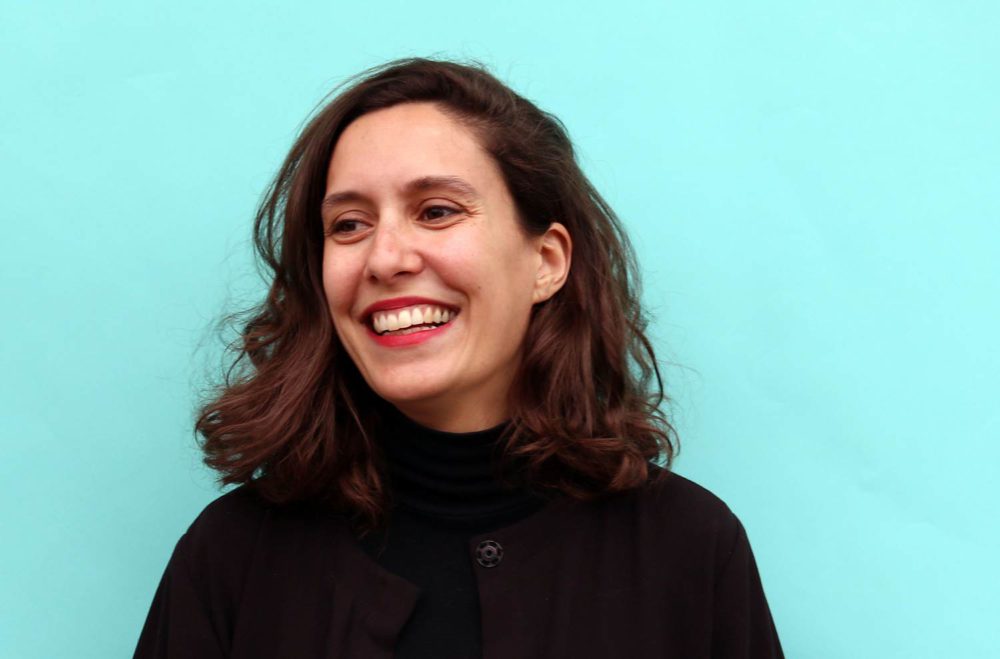
Architect and curator Mariana Pestana has a way of looking at serious contemporary challenges with a hopeful and imaginative perspective, with a desire to make people think about their ability to create or to take alternative routes. This much needed critical and hopeful vision has earned her an appointment as curator of the forthcoming Istanbul Design Biennial, following the success of her previous exhibitions “This Time Tomorrow” and “The Future Starts Here” at the V&A and “Eco-Visionaries: art and architecture after the Anthropocene”, which opened at Lisbon’s MAAT in 2018 and has just opened its 3rd iteration at London’s Royal Academy of Art. We have talked with her about design, futures, fiction, climate emergency, care and collectivity.
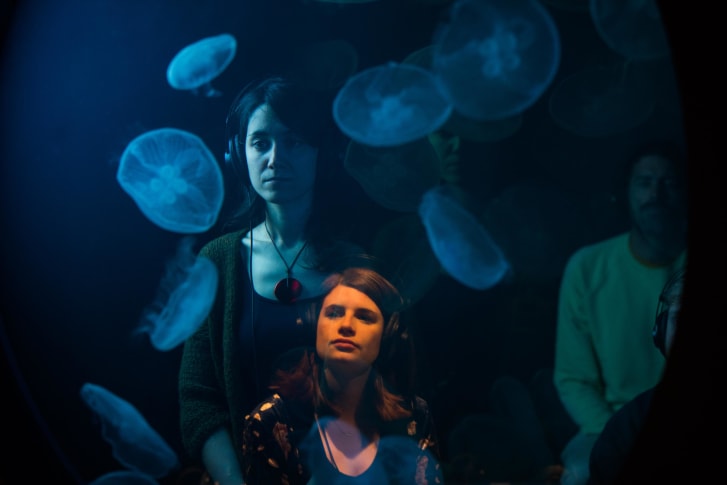
You completed a Phd titled “Fictional World Enactments” at the Bartlett School of Architecture. How did you come to be so interested in fiction?
In my research I investigated the field of “possible worlds” from literature with the aim to bring that kind of discourse about fiction to the field of architecture and curatorship. I am interested in how a fiction becomes reality, how through design and architecture, just the fact of considering an idea is the beginning of its existence. From the moment the designer idealises something, a process of collaboration starts between the designer, the producer and the audience. By imagining and prototyping fictions, what we think of as impossible or improbable becomes more plausible. I like to explore projects that more traditionally have been described as as utopic, political sometimes, speculative, or idealistic, because they open up the spectrum of possibility. With Eco-Visionaries, the exhibition that has just opened in London’s RA and I have co-curated with Pedro Gadanho and Gonzalo Herrero Delicado, fictions, or eco-fictions are really important to reimagine, to prototype new ways of living.
Are designers future-makers?
Absolutely, I think so. Actually, in the etymology of the word design there is some sense of designating, which is like projecting forward. I work a lot in the context of exhibitions and installations and I like to think of these as spaces separated from reality, like a testing ground where things can happen. Sometimes a designer creates something that never exists immediately in the real world outside, so it is important that cultural spaces serve to create room for projects at the beginning, when they need to be nourished. Then maybe, after they have gained certain momentum or they have created a community around them, they can be taken out. I like to think of exhibitions like this, like seedbeds, especially when projects are too fragile because they are politically in disagreement with what is happening outside or because they require the participation of certain administrative bodies.
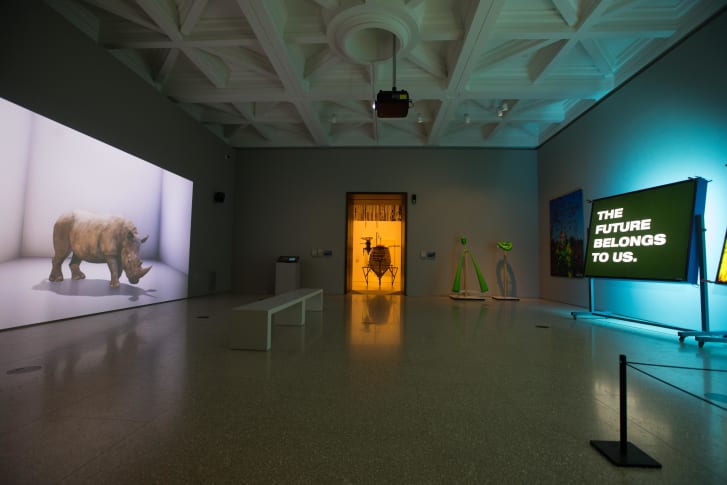
Returning to the topic of fiction and connecting it to the role of design, do you think it is more important to build speculations than real objects nowadays?
I think speculative design had a momentum in the early 2000 and now a decade or more has passed and today there is a strong desire for projects that are real or very propositional. I also think that being speculative is maybe different than being imaginative. I think it is important that objects, in their reality, are still critical and create alternatives to how things are now. There can be a reality to a project in the sense of the object existing in the world and being used by people, but it doesn’t mean that it will change the circumstances around it. In this sense, Arjun Appadurai, an anthropologist, makes a really important distinction between imagination and fantasy. Fantasy is about escaping reality, creating a space outside of reality, detached from it. Imagination is very much connected with action, with wanting to change one’s own circumstances. All this is to say that sometimes it can be problematic to distinguish between real and fictional, because there are so many nuances and scales of plausibility. But what design does really well is to navigate those nuances, and that is what is important for design to do and what we have tried to highlight in our selection of pieces in Eco-Visionaires.
Can you share an example of these nuances between speculative and “real world objects”?
Dunne and Raby’s piece “Between reality and the impossible” (2010), for instance, is there as a representative of critical design and it is very interesting. Dunne and Raby design objects to live in exhibition contexts, or as they described it once, props for films that never existed. The incredible thing about them is that they make us consider a possibility and see it in front of our eyes even if it is not real, and for them it is really important that It is abstract enough, distant enough from reality so that you understand that those devices are not to be used. If you picked one up it wouldn’t really work, it is made so that you understand that it is a prop. I think those works are objects for helping us think about the current state of the world. They allow us to imagine what the future could be like so we gain a new perspective on what it is now. This is the beauty of fiction. It allows you to recenter your perspective, your world view.
The Biogas Power Plant, by the architecture group SKREI, in contrast, is a project that looks a lot more real. It is a prototype to transform human waste into energy but it is also speculative in a way that it imagines that we might live in a future where we can’t rely on the national grid for electricity and we might just need to reconnect our bodies to the place where we are and our waste just can’t go somewhere else. It is also utopian but it is different from Dune and Raby’s piece because it could work. What they have in common is that both make us reconsider how we engage with everyday life in the present.
This is the 6th iteration of Eco-Visionaires since it was first presented. How has the exhibition evolved in each venue?
The project was initiated at MAAT in collaboration with Laboral (Gijon), HeK (Basel) and Bildmuseet (Umea). Each institution made their own exhibition and we did a book together. Then there was interest from Matadero (Madrid) and the Royal Academy (London) to participate in the programme so I co-curated these exhibitions with Pedro Gadanho and curators of the respective venues. The exhibition has transformed all the time through collaboration. In each of the venues where it has been presented we have worked with a new curatorial team and shown new projects.
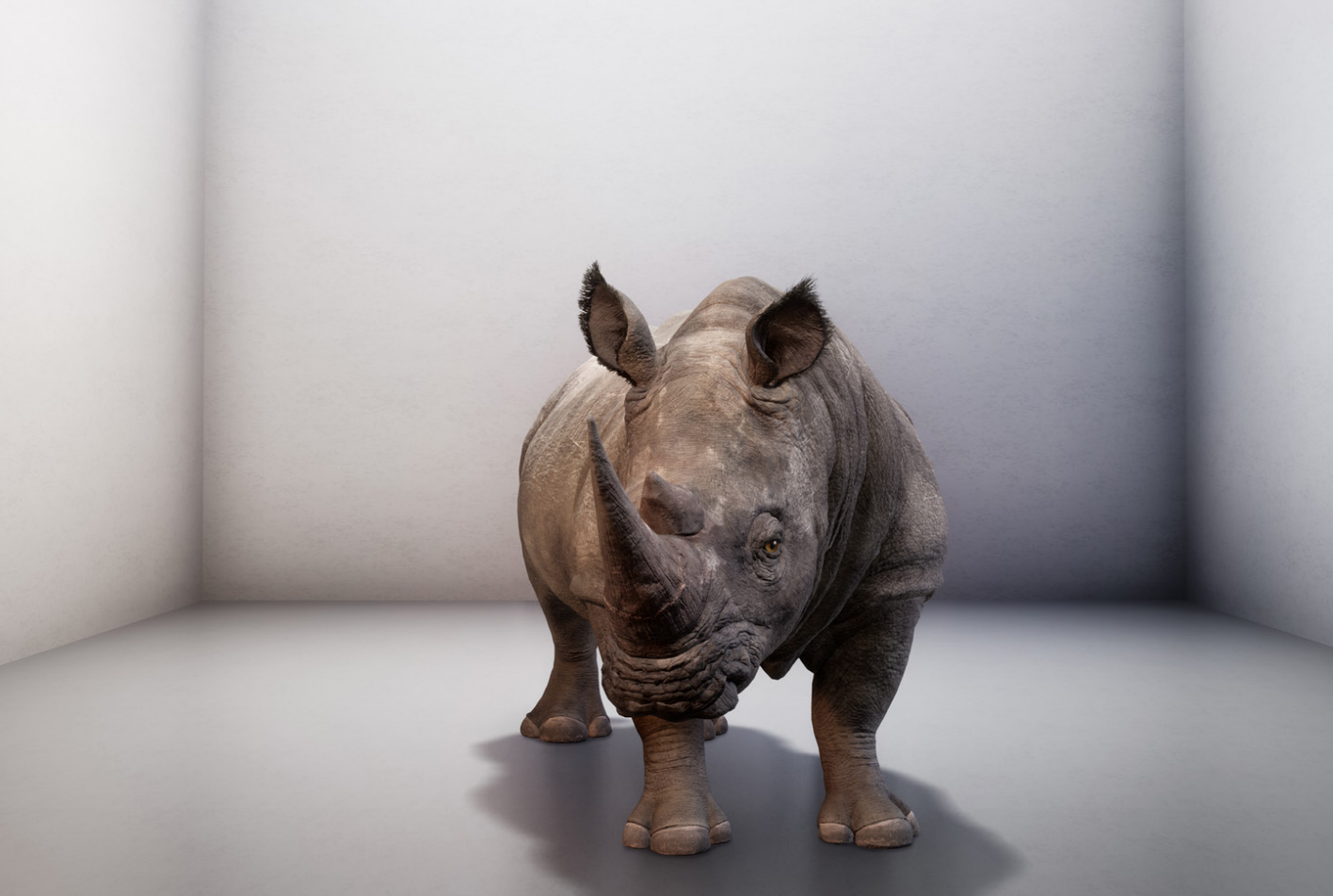
Which are for you 3 key works in the latest iteration at the Royal Academy?
Carolina Caicedo’s serpent book is a central piece of the first room of the show. It documents her long term research documenting the actions of specific communities in South America against the construction of dams. For her, the eco-visionaries are these communities of people who take up radical actions like not going to work and staying home to prevent the demolition of their houses for the construction of dams. These are the people who are very engaged with protecting their rivers. They consider themselves deeply connected to the rivers and this is very powerful. The project also shows that when thinking about the future and design, it is important to consider what gets built but also what does not get built, and sometimes we don’t have this discussion enough.
In the second room, Alexandra Daisy Ginsberg “The Substitute” is one of the works in the exhibition with a more transformative potential. It brings up an important discussion concerning the acceleration of the rate of extinction of some species. In particular, she has worked with the Sudan white rhino, whose last known male died last year. Researching geological data, films, photographs and sounds she has brought back the rhino to life, but as a digital entity. This substitute makes us wonder if we are neglecting some species and if technology will save us, and at what price. It confronts us with a paradox.
In the last room, Rimini Protokoll’s piece is the most powerful because it puts you in perspective. When we hear about the climate crisis we are presented with this global problem that is so big, so daunting it is paralysing. Protokoll’s piece, however, connects us deeply to the subject. The piece is really about each one of us. It makes us consider our biological time frame and our age, it makes us think about our personal end, about our end as species and about how we relate to one another. It puts the visitor in the centre and it is quite a spiritual experience that makes you leave thinking that there is actually a lot you can do. For us it was important to present a hopeful exhibition that provides the visitor with possibilities to live in a way that is different to the norm, or to the western norm.
What are three key thinkers for you at the moment?
I recently read a fascinating text by Sarah Ahmed about queer phenomenology that Onkar Kular sent to me since we had been discussing tables as discursive platforms, and about which bodies sit at which tables. I’ve also been reading Susan Lazoni’s history of empathy, a term invented around 100 years ago to describe how feelings navigated from objects to people. Only then it became more about how people has an effect on people. Another key thinker for me at the moment is Rosi Braidotti and her posthuman philosophy.
You co-founded the collective The Decorators, what do you do and what are you working on at the moment?
The decorators is a multidisciplinary design collective I co-founded with Suzanne O’Connell, Xavi Llarch Font and Carolina Caicedo. We work on spatial design projects that aim to reconnect the physical elements of a place with its social dimension. In 2018 we won the Stanley Picker Fellowship and at the end of 2020 we will present our research with an exhibition where we’ve been looking at tables as spaces of encounter. We’ve been analysing different kinds of tables, their uses and who sits on them.
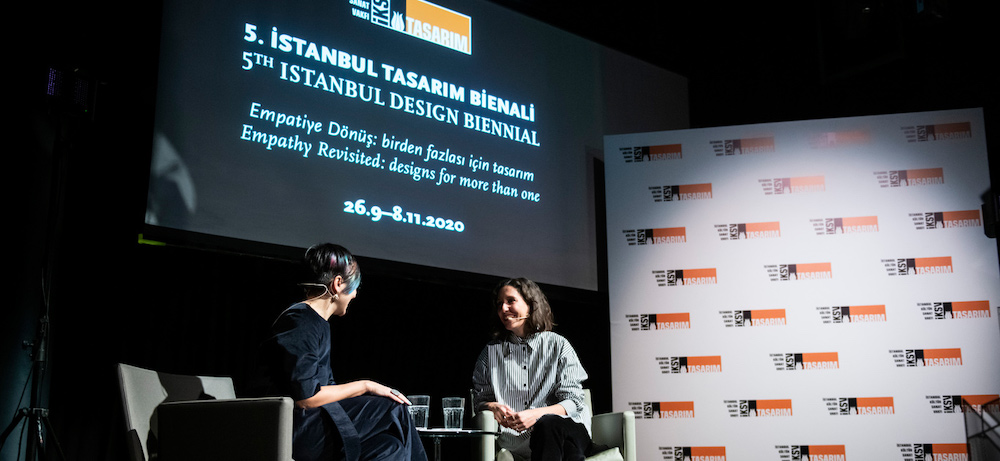
You are also curating the 5th Istanbul Design Biennial, which will also open on 2020, can you tell us a bit how do you envision the event?
The next Istanbul Design Biennial is titled “Empathy Revisited: designs for more than one” and it is interested in practices of care and collectivity in today’s world. In the age of post-humanism, in a present shaped by technologies such artificial intelligence and a serious climate crisis, we believe it is fundamental for design to imagine new forms of care and collectivity. The subtitle suggests that we may think of design as a practice for more than one, and this “one” may mean dimension, species, body or perspective. The Biennial will be structured around two main programmes: an observatory and a kitchen. These will be live spaces for thinking and acting. I’ll be working with Sumitra Upham and Billie Muraben on the curatorial team, and we’re opening a call for the kitchen programme in late January, so stay tuned!
The Biennial, organized by the Istanbul Foundation for Culture and Arts (İKSV), will take place from the 26th of September till the 8th of November 2020. Eco-Visionaires: Confronting a planet in a state of emergency runs until the 23 of February of 2020 at the Royal Academy of Arts in London.